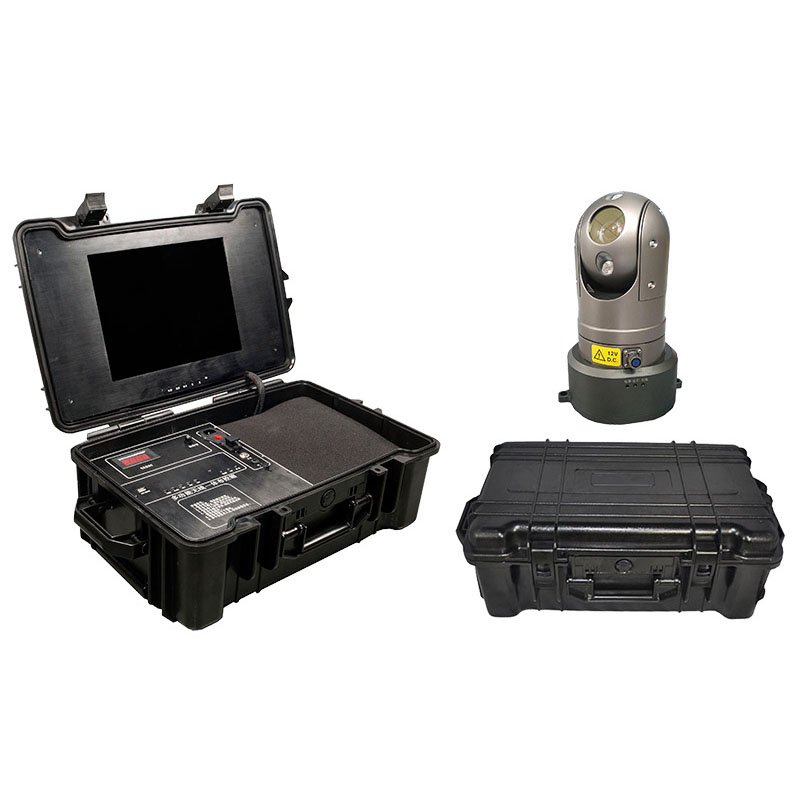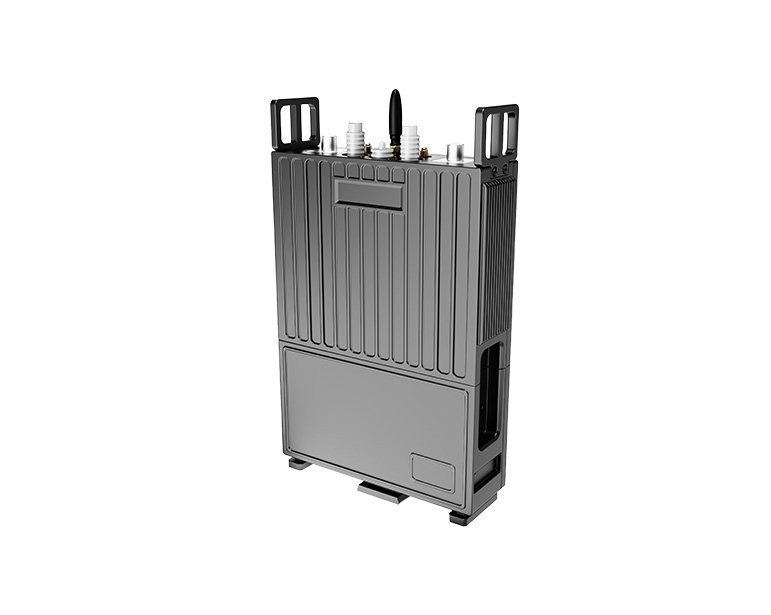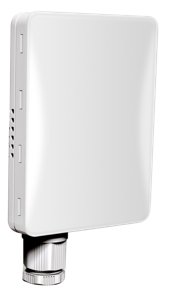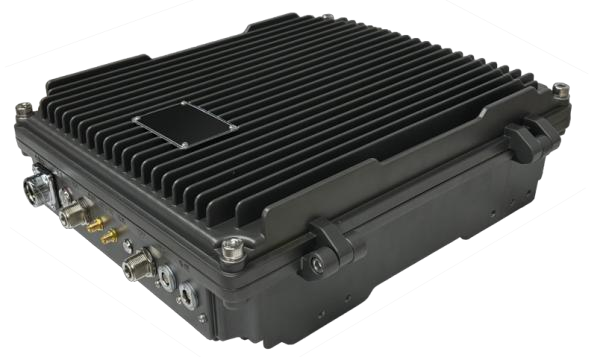What Are Point to Point Wireless Bridges Often Used For?
In modern networking, establishing reliable and high-speed connections between remote locations is critical for businesses, educational institutions, industrial facilities, and even residential communities. While wired connections like fiber-optic or Ethernet cables are traditionally used for this purpose, they can be costly, time-consuming, or technically impractical in certain scenarios. Point-to-point wireless bridges have emerged as an efficient solution, enabling seamless network connectivity between two specific locations without the need for physical cabling.
A point-to-point wireless bridge is a dedicated wireless link that connects two network nodes over a distance using directional antennas and radio frequency signals. This technology is particularly effective in environments where laying cables is difficult due to terrain, existing infrastructure, or budget constraints.

Key Features of Point-to-Point Wireless Bridges
Point-to-point wireless bridges are designed to deliver reliable and high-performance network links. Some of their core features include:
High-Speed Data Transfer: PtP bridges support large bandwidths, enabling applications such as video surveillance, data replication, and VoIP communications.
Long-Range Connectivity: Depending on the model and frequency, PtP bridges can transmit signals over distances ranging from hundreds of meters to several kilometers.
Directional Antennas: These antennas focus the signal toward the receiving node, minimizing interference from other sources and maximizing signal strength.
Weather-Resistant Design: Outdoor Point to point bridges are often built with rugged, waterproof, and dustproof enclosures to ensure reliable performance in harsh conditions.
Security Protocols: Advanced encryption, such as WPA3, ensures data security over the wireless link.
How Point-to-Point Wireless Bridges Work
Point-to-point wireless bridges function by converting Ethernet signals from one location into high-frequency radio signals, transmitting them through the air to a corresponding receiving unit, and converting the signals back to Ethernet. Both ends of the link require precise alignment of directional antennas to ensure a clear line-of-sight path.
Unlike point-to-multipoint wireless networks, PtP bridges connect only two endpoints, which allows them to dedicate full bandwidth to the link. This results in low latency, high throughput, and minimal packet loss, making them suitable for applications requiring reliable and fast communication.
Common Uses of Point-to-Point Wireless Bridges
Point-to-point wireless bridges are versatile solutions and are commonly used in various scenarios, including:
1. Connecting Remote Office Locations
Businesses with multiple office sites often need to share resources, databases, and applications between locations. PtP wireless bridges provide a fast and cost-effective alternative to laying fiber-optic or copper cables, particularly when offices are separated by rivers, roads, or other obstacles.
2. Enterprise Campus Networks
In large educational or corporate campuses, PtP bridges can connect buildings across distances where running cable is expensive or logistically challenging. These connections can support high-speed internet access, VoIP phones, and centralized server access across multiple buildings.
3. Industrial Facility Connectivity
Factories, warehouses, and industrial plants frequently require real-time data sharing between production floors, administrative offices, and storage areas. PtP wireless bridges enable reliable connectivity for industrial control systems, inventory management, and video monitoring.
4. Video Surveillance Systems
High-definition IP cameras often generate large volumes of data. PtP bridges can transmit video streams from remote camera installations to a centralized monitoring center without requiring costly wiring. This is particularly useful for monitoring perimeters, campuses, or public areas.
5. Temporary Event Networks
Outdoor events, construction sites, or disaster relief operations may require quick network deployment. PtP wireless bridges allow temporary, high-speed connectivity without the need for extensive cabling or infrastructure.
6. Internet Service Extension
ISPs or network providers can use PtP bridges to extend internet service to remote or underserved areas where running cables is impractical. This approach provides reliable broadband access over long distances while reducing deployment costs.
Advantages of Point-to-Point Wireless Bridges
Cost-Effective: Avoids expensive trenching or cabling, reducing installation costs.
Rapid Deployment: Can be installed and operational in a matter of hours or days.
High Performance: Provides dedicated bandwidth with low latency and minimal interference.
Flexible: Can be relocated or upgraded as network needs change.
Reliable in Harsh Conditions: Designed to withstand outdoor weather conditions, maintaining consistent connectivity.
Considerations for Deployment
To maximize performance, several factors should be considered when deploying PtP wireless bridges:
Line-of-Sight: Ensure there are no obstacles like trees, buildings, or hills between the two endpoints.
Frequency Selection: Choose an appropriate frequency band (e.g., 5 GHz or 60 GHz) based on range, interference, and data requirements.
Antenna Alignment: Proper alignment is crucial for maintaining strong signal strength and low packet loss.
Environmental Conditions: Ensure the hardware can handle local weather conditions such as rain, wind, or extreme temperatures.
Network Security: Implement strong encryption and access control to protect transmitted data.
TuQian Point to Point Wireless Bridges
TuQian Wireless offers high-performance point-to-point wireless bridge solutions that meet the connectivity needs of businesses, industrial facilities, and remote locations. With long-range coverage, high-speed data transmission, rugged weatherproof design, and advanced security protocols, TuQian PtP wireless bridges provide reliable, low-latency links for critical applications. Whether connecting office buildings, monitoring industrial operations, or extending broadband to remote areas, TuQian point-to-point wireless bridges ensure secure, efficient, and cost-effective network connectivity across challenging environments.
-
 2025-10-30
2025-10-30 -
IP Mesh Radios: The Future of Tactical Wireless Networking
2025-10-27 -

What Is Wireless Data Transmission and How Does It Work?
2025-09-26 -
What are the Applications of Ad Hoc Wireless Network?
2025-09-11 -

MESH Networking Module Selection Guide: From Dismounted Soldiers to UAV Applications
2025-08-28 -

What Is a Point to Point Wireless Bridge Connection?
2025-08-07 -

What Is the Difference Between a Wireless Network and an Ad Hoc Network?
2025-07-16









